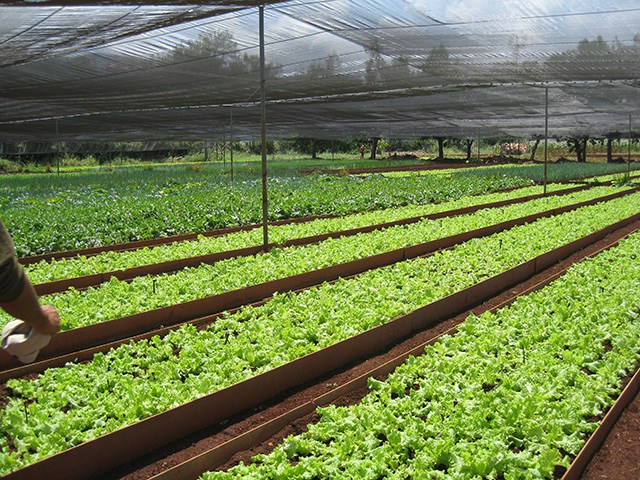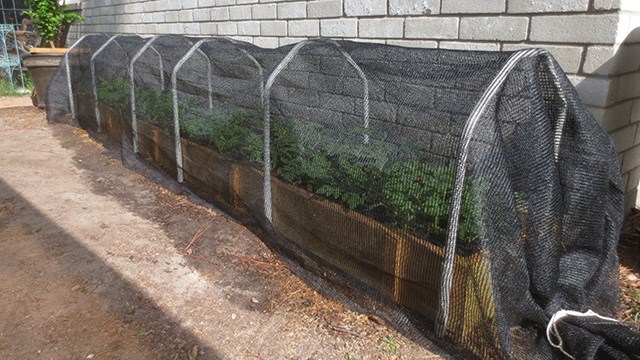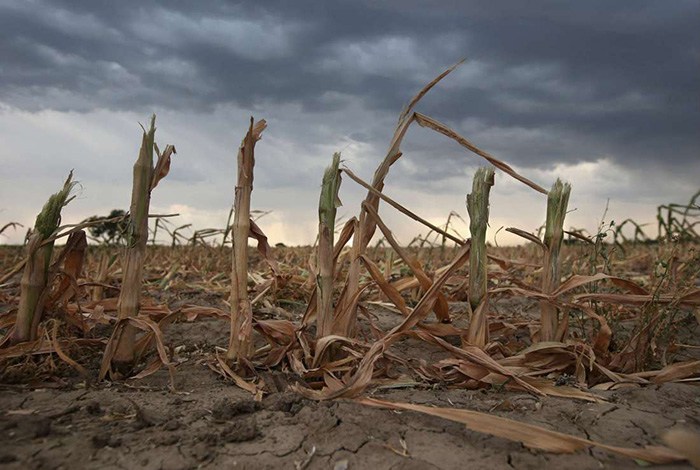
Coping with Challenges – Growing in Drought & Short Seasons
It can be frustrating to plant a garden and watch it fail. It can be mean life and death when it is the food your family is counting on for survival. Yet crop failures happens, to big growers and small farmers and backyard enthusiasts. There are methods that involve earth works, terra-forming or terra-sculpting, or things like hugelkultur mounds that can increase resiliency. Depending on location and if we’re saving to move, our age and finances, or if we’ve just relocated and don’t know the land well yet, those may not be a great solution for us – at least not yet.
We may also find ourselves in a special season instead of a special climate, a year that just tests us to the limits of sanity. It can happen in a lot of ways. Late, wet Springs that have what would normally be a hay cut going to seed because we can’t get in, and forget trying to till for crops. Flooding, heavy rains that wipe out our seed or sprouts. A season that just doesn’t produce the Spring rains our plants need to germinate and get established. Incredible heat and sun that has our plants growing like weeds, but then wilting off at midday – something that can wreck tomatoes and corn, especially.
It’s heartbreaking. I know a permaculture homesteader in Alberta and a nursery grower in Ottawa who both practice clean, sustainable, resilient planting methods, and they’re suffering this year, hugely, while some of the home growers around them are cheering about the incredible sales they’re finding – quart and gallon pots as little as five and ten cents, a dollar, even for fair-sized perennials. The homesteader finally just washed her hands of most of her annual garden, skipped her summer planting, and will skip a lot of her autumn planting.
Why would they put things on such deep discount, 10-20 times lower than normal sale prices, taking a loss on even perennials? Why would they walk away from gardens that usually provide 50-80% of their fruits and veggies, and almost all of their livestock crops?
Water.
It’s more expensive to keep pumping (or buying) water than it is to fall back on their savings and stored foods.
It’s the second year in a row that weather had been screwball for the homesteader, in a part of the world where we don’t usually think of droughts forming. Yet her pond is half its normal size, her creek is dry, and she purchased water and tanks because her well level concerned her – purchased them early, and now there’s another pair near her who are on Facebook and forums begging for tanks and deliveries, trying to find them cheaper, because their well is drying and they have just enough to last their animals and households a week.
It happens. Even in deep-well rural Canada. It for-sure happens further south.
It happens with water, and it happens with heavy frosts and ice that show up late, with false springs that last two weeks and then return to winter, wrecking fruit crops as in the U.S. Northeast, and with sudden frosts that come in a month early. It happens today, with all the advantages of credit cards and technology and the difference a few phone calls can make.
What happens if we’re in a situation similar to World War II’s Victory Garden push, the Cuban oil crisis, or Argentina’s and Venezuela’s collapses, or the more sudden and more devastating and widespread disasters like EMPs, internet-shutdown viruses, and earth-shattering asteroids or eruptions that some preppers foresee? Our options may be limited to making sure we have enough food and water stored for a poor season or year, or join whatever relief community or agency we can find.
There are some other preparations, however, that can limit and avoid some of the stressors, and help us still get yields from our gardens, whether they’re small planters and beds in the city or ‘burbs, or larger acreage.
I’ll mostly deal with drought. Historically some of us have always dealt with drought during our growing seasons, but it’s increasing in prevalence, as is heat. The solutions can also be applied to losing an early “normal” harvest, getting a late start for any reason, or noticing a trend early.
I also use some in years I’m going to be traveling during the normal garden heyday period, so that I can still produce some of our groceries, or so that I can collect early harvests and then drop seed that doesn’t really much need me, or can always be harvested as livestock feed.
Generating Shade
Let’s start with the Cuba example
When the embargo went into effect, the impact was felt almost overnight at the markets. Cuba’s incredibly sunny, and there are native fruits and veggies that thrive there, but growers were too few, too far between, and too reliant on European crops that required an enormous amount of water. There are also periods in the middle of the summer where Cuban farmers wouldn’t normally grow food crops, because of the heat and water needs. With thousands clamoring for anything, they couldn’t afford to not grow.
So they hooked their plants up with parasols.
Okay, not parasols (some balcony growers sure did). They rigged opacity screens from 20% up through even 60% over greenhouse frames and row covers. That gave plants a more spring-like condition and helped keep evaporation from drying out the soil.
If we really want to plan ahead, we have other options for generating shade.
Shade can be generated by large-space sheets or full-sized greenhouses, or individual cloths can be draped over rows or beds. The cloths can be full coverage, or arranged just to break the heat of the worst midday sun. What works best will vary by the materials available, winds in the area, and if insects are also being combated. Access for watering, weeding, pollination, and harvest also has to be factored in.
If we really want to plan ahead, we have other options for generating shade. We can use plants themselves, both annuals and perennials.
Grapes, kiwi, and other vines – to include larger squashes and runner beans – can all be used to create arbors. Some like Chinese yard-long beans and grapes run up for a while before they start leafing out. That allows more light to penetrate from the sides during the cooler morning and evening hours.
Shade can be generated by large-space sheets or full-sized greenhouses, or individual cloths can be draped over rows or beds.
Full-circle shading can really help potato and tuber crops in hot-hot seasons, while corn and beans will likely do better under a flat-roof arbor of grapes or kiwi or shade cloth.
We can also arrange our tall plants to the west instead of north, and plant between rows of trees or shrubs (NOT with a till method) to let those plants shade thirstier crops from the worst of the drying sun and summer winds.
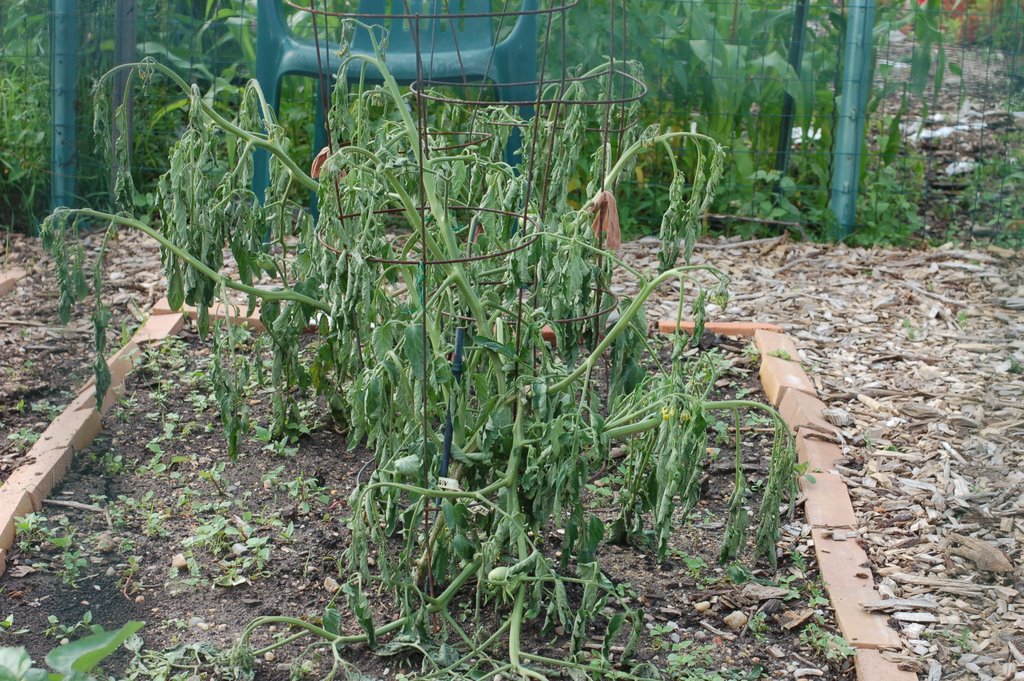
Image: Droughts, loss of irrigation, and other climatic challenges can ravage even experienced growers.
Splitting the Season
There are already growers in Cuba, Arizona and South Florida who pretty much shake their head at standard North American growing guides. It’s so hot and so dry, a March-planted turnip bolts without making a bulb, and tomatoes will drink three gallons a day in July, even pruned to bare stalks.
So they split their seasons around summer’s worst.
We can do the same during a crisis if we know we live in a hot environment and don’t have many backup water options.
It requires a little research. We need to hunt down our monthly average rainfall totals, and see when we’re most likely to hit our droughts. Then we count backwards. Instead of ground sowing squash, we might start them in the middle of winter or early, early in spring with our tomatoes, and up-pot them once or just start with an oatmeal container instead of a toilet paper roll. Then we transfer them, possibly with plastic or a cloth row cover or into a greenhouse we can open up.
Chart – Parts of the U.S. already flip seasons or split seasons to avoid planting in the height of summer heat and drought.
The goal is to get them out when the heat and sun are less savage, and when nature will handle at least some of the watering for us.
Likewise, we can lay on supplies to heat small and expanding row covers to direct-sow normally hot weather plants like corn and beans. Lower light means they’ll take longer – at least two weeks and sometimes as much as twice the time to harvest – but they’re growing sweet corn and tomatoes in Alaska with minimal heating. We can do it, too. They are sensitive to cold rains and cold mud from spring melt, so we may need to mound up a bed to 4-8” to help them or use raised beds and containers.
When it’s heating up, the plants have massive head starts or are already nearing their harvest dates. Again, that lets rain water them for most of their lives, and then we let the garden go dormant for the most brutal heat.
Then we come back in July and August in hot climates, and we have plenty of time for green beans, summer squashes, and more to grow out before our frosts close in again.
We may need to have a place to start and harden-off plants indoors for a while, or plant dwarf, bantam or compact varieties developed for short-season growers to make the system work, but it gives us harvests we might not otherwise have, not without stripping out our wells and water storage.
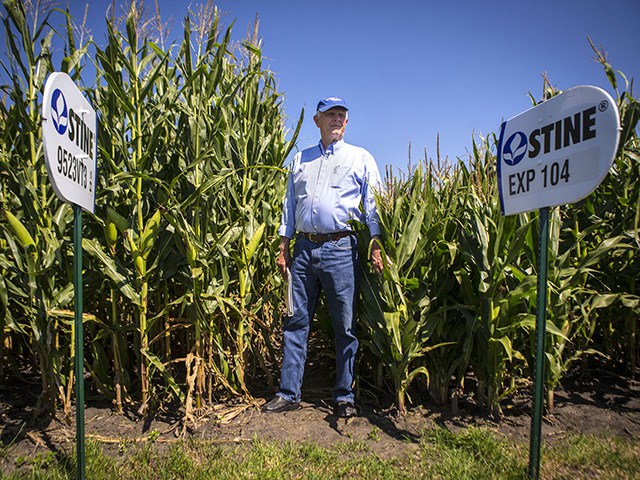
Image: Dwarf corn is lower in yield than standard varieties, but since it’s shorter and takes less water and nutrients to develop its yield, it can offer a faster harvest after a late or delayed start to the season, or allow growers to avoid the driest parts of summer.
Selecting Varieties
Plant selection for desert species is a really excellent way to build some resiliency, but it can be challenging for those who live in typically cold-winter temperate zones. There are “drought tolerant” varieties available for a lot of annuals and perennials now, but most need to be well established before they’ll suffer from abuse. That can be difficult if it’s a strange spring or if a summer storm wrecked our harvests by battering away flowers or uprooting plants.
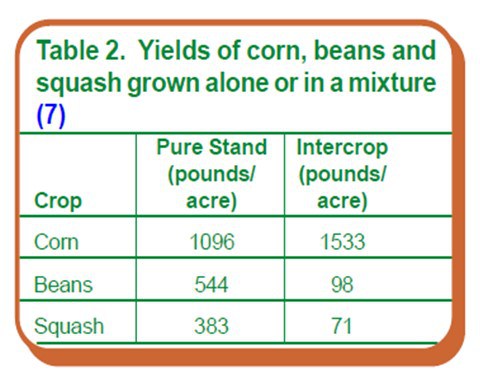
As presented by Clemson University – Amador, M.F. 1980. Behavior of three species (corn, beans, squash) in polyculture in Chontalpa, Tabasco, Mexico. CSAT, Cardenas, Tabasco, Mexico.
As with straddling summer for gardening, it’s not a bad idea to maintain a seed stock that gives us some fast-growing options. They can help us whether the problem is a lack of rainfall, or if we’re facing a short season from a freak late snow or ice storm, or if goats got loose and ate the garden we’ve been hauling and pumping water to for three months.
Hybrids serve their purpose there more than anywhere else. Because hybrid seeds won’t breed true to a next generation, we want to be careful that they don’t cross pollinate our seed-saving crops and we have to keep fresh seed stocks going.
There are some short-season crops that can help, though, that are open-pollinated and heirloom stock.
Barley has been bred for so long, seed is now tailored to exactly when we plant it, so we need a selection if that’s our backup. There are a wealth of midget, dwarf and bantam corn, for sweet corn or for popcorn, that take as little as 55-75 days, and even more that fall in the <90-day range. Yukon chief and strawberry popcorn are two, although they have short cobs as well as short seasons. Teff can be a fast, resilient option for livestock hay and grain, although it’s pretty intensive and water-heavy to mill it for human use.
Summer squashes and bush green beans are awesome in that they can be had as OP’s in 55-65 days, and bush dry beans may take only 75-90. Even some autumn or winter squashes like Jester acorn can finish up in 85-95 days. Bush beans and squash can easily be covered to give them some protection from the first couple weeks of chill and frosts.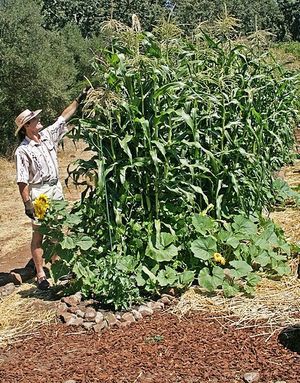
By tweaking our Three Sisters mounds to a set of corn, squash and beans that can be ready in 45-55-65-75 days, we can still gain some harvest off a short season. Because they don’t spend as much time and nutrients growing up and out before producing, we save days of watering. We can also get them under some plastic if the air starts cooling before they’re ready, and by planting in combination, we can get some serious benefits in yield and plant health from them, as well as maximize the efficiency of the watering that we do have to do.
There are compact peppers, Egyptian wheat, and alternative crops like oca, millet, African yams, and Jerusalem artichoke that can handle varying conditions like heat, drought, or short seasons. Desert perennials may work for us as well. “Weeds” that are edible also increase our options, although the women I mention above are both foragers and only have about 25-50% of their usual wild harvest stored due to the drought.
Turnips, radish and lettuce aren’t going to work in summer conditions for a lot of the U.S. They’ll bolt before they really produce. Still, they might be something we can start in flats, bread pans, and buckets someplace cooler, and either transfer or grow out quickly enough to merit the space they take up. They can also serve as our backups if the weather stays cold unexpectedly.
Curveballs and Challenges
Mother Nature is always going to throw us some curveballs and there will almost always be a new challenge that arises in gardening, especially if we’re trying to eat off our gardens and crop fields. Happily, history has some examples of ways we can make it work, even in the worst of seasons. We may not be able to get the full, usual yield, but with the right combination of methods and plant selection, we can still positively impact our pantries and tables.
We do need to know our trends ahead of time, so that we can recognize when we’re in trouble early enough to walk away and refocus, or switch gears. Research to keep in our garden binder includes monthly rainfall and temperatures as well as our record first and last frosts and snows.
Hybrids may not be our first pick or the bulk of our stock, but they offer some benefits that make them excellent additions to our OP and heirloom stockpiles.


